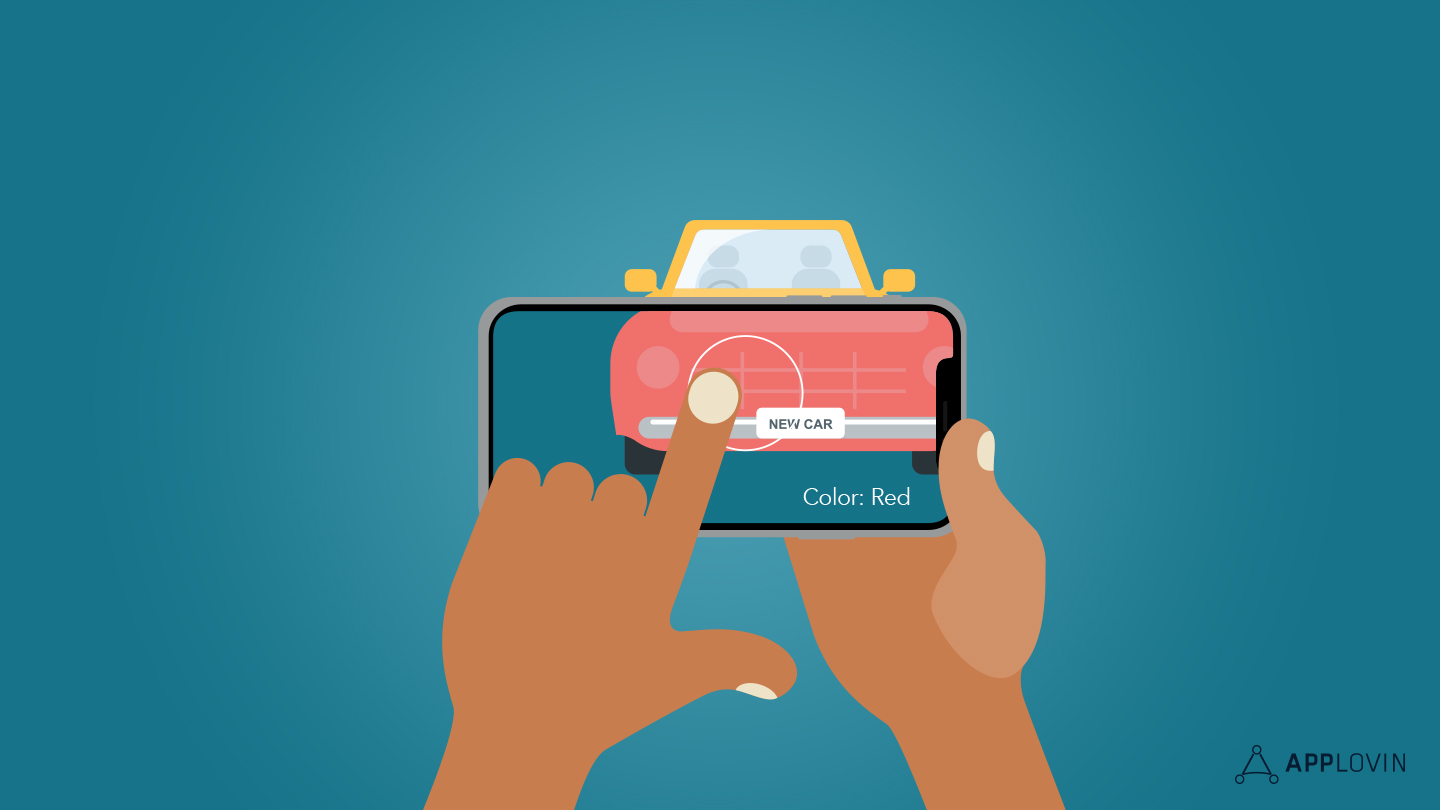Non-gaming
Brands need to build AR experiences that complement the customer journey
Mar 9, 2018

Non-gaming

For brands, marketers, and app developers, understanding mobile users’ augmented reality (AR) interactions in the context of their broader and ongoing omnichannel journeys is key to providing a great experience.
Despite its rapid growth, however, AR is still so new that there is great opportunity to engage people with unique experiences either in-app or as part of a larger social group in the augmented world.
For readers considering or planning an AR experience for the mass market, it’s helpful to study the approaches to AR experiences that brands are already creating, with a focus on how apps can improve current user journeys and create new ones.
Smart brands already playing in AR try to be where engaged users intuitively are. In 2018, that means supporting a journey that’s both physical and digital, and that’s location-aware and personalized. These are things that mobile does really well, and for that reason, mobile is the favorite customer touchpoint for many brands.
Many of AR’s early applications have fallen into the category of brand engagement campaigns, concerned with finding the customer early and often in their journey, and building trust and affinity. One example of an AR brand engagement campaign is Kate Spade’s AR-guided tour of Paris, which helped create buzz surrounding the brand’s first brick-and-mortar store in the city. Uncoincidentally, these brand engagement campaigns were where brands experimented before committing more deeply to web and mobile programmatic a few years ago.
Much of the AR experiences out there are still Pokémon Go-like scavenger hunts with challenges along the way. But in other cases, there’s a lot of creativity being demonstrated.
Big-name brands from around the world are already creating mobile AR experiences that other marketers can learn from, including Tesco, Lacoste, Patrón, MTV, McDonald’s, Walmart, and Oreo. What these AR experiences have in common is that their developers have figured out how to make a user’s smartphone screen to serve as a companion to a broader AR experience, rather than be the center of attention.
Take Oreo for example. The company has actually deployed two different AR experiences since the start of 2017: the Dunk Challenge in February 2017, and more recently, the Great Oreo Cookie Quest (an AR scavenger hunt) both in partnership with Google. Neither experience was transactional on the user’s end, but the point was to engage consumers in a unique way.
If you’re looking for an AR experience that was created to drive sales, IKEA Place is a perfect example. The app lets users drop full-scale 3D models of furniture into their own home, letting them visualize how specific items will fit into their lives. As to how these AR experiences are changing customer journeys, Katie Richards wrote in AdWeek, “Instead of going to the store two or three times to look at a couch, feel it, sit on it, envision it within their home, the customer might only have to make one trip to the store.”
In this case, it’s not just the buyer’s journey that’s changed, but the customer’s journey in the physical world as well. That may seem like a small thing, but proving it can be used to help change consumer behavior so early in its market indicates that in-app AR holds great promise as a commercial tool.
Being at meaningful places on the customer journey means mobile must play a useful role in the user’s physical life as well. In the case of brick-and-mortar AR campaigns, that sometimes means mobile’s job is to be a sidekick to a brand experience in locations where traffic is high and mobile users are plentiful, but individual device screens are complementary to the bigger AR event.
“The primary focal point, the AR object we can all see and interact with together, is the experience,” said Meghan Athavale, CEO of Lumo Interactive. She continued, “Mobile is the second screen to that in retail and events scenarios. It’s about using a bit of time and their screen to do quick engagements that complement the experience being shared and interacted with.”
For app developers and marketers, the implication is that whatever an app can do to elevate and simplify shared AR experiences is good. The introduction of ARCore and ARkit and the maturation of other technologies, including machine learning, will quickly improve the capabilities of AR developers and marketers alike.
That’s good, because brands with deep pockets are already lining up to buy compelling AR experiences that can meet customers anywhere they go on their journeys. For example, Edmunds lets you take an AR tour around your next car to check if it’ll fit in your garage before you even step into a showroom. Cosmetic retailer Sephora lets users try on lashes, lipstick, foundation, and more from the comfort of their home, complementing its brick-and-mortar shopping experience.
Mobile and web took years to scale, with mobile finally surpassing desktop market share in November 2016, about seven and a half years after the iPhone first came out. AR will scale in a similar timeline as we wait to see if smartphones will win the war as the consumer’s AR device of choice, or if a hero device (like a wearable) takes the market by storm. But for now, we’re still anticipating AR’s tipping point into the mainstream.
We’ll spend that time learning what AR can add to customer journeys and how we can gain market share in specific categories like ecommerce and brick-and-mortar sales. Some of the customer’s AR experiences will be powered by mobile and apps, while others will simply connect with them, but all will impact their ultimate journey.
In time, more developers, marketers, and brands will become skilled creators of mobile AR experiences, and many more AR apps will join the market. As the use cases are proven and the metrics become clearer, we’ll come to understand exactly where AR has a valuable role to play along the customer’s journey.